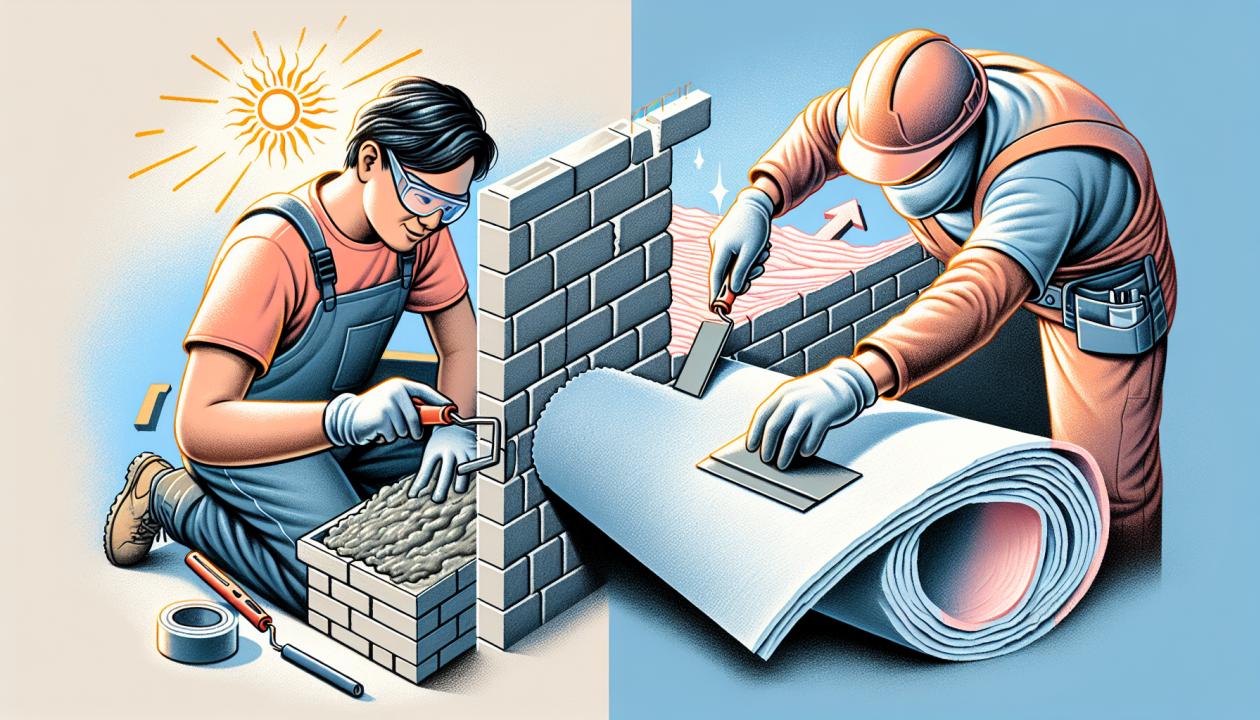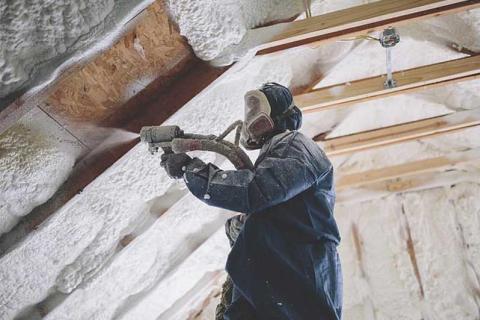Introduction
As the world becomes increasingly aware of the need for sustainable construction practices, the building industry is constantly seeking innovative solutions to reduce energy consumption and minimize environmental impact. One such solution is the merger of concrete rendering and insulation render, which has the potential to revolutionize the way we construct buildings in the future.
What is Concrete Rendering?
Concrete rendering is a process that involves applying a layer of cement-based mixture to the exterior or interior walls of a building. This mixture is typically composed of cement, sand, and water, and may also include additives such as polymers or fibres to enhance its properties. The purpose of concrete rendering is to provide a smooth, durable, and aesthetically pleasing surface that can withstand the elements and protect the underlying structure.
Benefits of Concrete Rendering
Concrete rendering offers several benefits, including:
Durability: Concrete render is highly resistant to weathering, cracking, and chipping, making it an ideal choice for exterior walls.
Fire resistance: Concrete is a non-combustible material, which means that it can help prevent the spread of fire in a building.
Versatility: Concrete render can be applied to a wide range of surfaces, including brick, block, and concrete, and can be finished in a variety of textures and colors.
What is Insulation Render?
Insulation render is a type of rendering that incorporates insulating materials into the mixture, such as expanded polystyrene (EPS) beads or mineral wool fibers. The purpose of insulation render is to provide an additional layer of thermal insulation to the building envelope, reducing heat loss and improving energy efficiency.
Benefits of Insulation Render
Insulation render offers several benefits, including:
Improved energy efficiency: By reducing heat loss through the walls, insulation render can help lower energy bills and reduce the building's carbon footprint.
Moisture resistance: Insulation render can help prevent moisture from penetrating the walls, reducing the risk of damp and mold growth.
Soundproofing: The insulating properties of insulation render can also help reduce noise transmission through the walls, creating a more peaceful and comfortable indoor environment.
Merging Concrete Rendering with Insulation Render
The concept of merging concrete rendering with insulation render involves combining the benefits of both techniques into a single, integrated system. This can be achieved by incorporating insulating materials directly into the concrete render mixture, or by applying a layer of insulation render over the top of a traditional concrete render.
Advantages of Merging Concrete Rendering with Insulation Render
Merging concrete rendering with insulation render offers several advantages over traditional rendering techniques, including:
Improved thermal performance: By combining the insulating properties of insulation render with the durability and fire resistance of concrete render, the building envelope can achieve a higher level of thermal performance, reducing energy consumption and improving occupant comfort.
Streamlined installation: By integrating the insulation layer into the rendering process, the installation time can be reduced, as there is no need to apply a separate layer of insulation.
Cost-effectiveness: Although the initial cost of merging concrete rendering with insulation render may be higher than traditional rendering techniques, the long-term energy savings and reduced maintenance costs can make it a more cost-effective solution in the long run.
Challenges and Considerations
While merging concrete rendering with insulation render offers many benefits, there are also some challenges and considerations that need to be taken into account, including:
Compatibility: The insulating materials used in insulation render must be compatible with the concrete render mixture to ensure proper adhesion and avoid any potential issues with cracking or delamination.
Moisture management: The insulating layer must be designed and installed in a way that allows for proper moisture management, to avoid any potential issues with condensation or moisture buildup within the wall assembly.
Fire safety: While concrete render is inherently fire-resistant, the insulating materials used in insulation render may have different fire performance characteristics, and must be carefully selected and tested to ensure compliance with building codes and fire safety regulations.
Current Applications and Case Studies
Merging concrete rendering with insulation render is still a relatively new concept, but there are already several examples of successful applications and case studies from around the world.
Passivhaus Projects
Passivhaus is a voluntary standard for energy efficiency in buildings, which requires a high level of thermal insulation and airtightness to minimize energy consumption. Several Passivhaus projects have successfully incorporated insulation render into their wall assemblies, achieving exceptional levels of thermal performance and energy efficiency.
Commercial Buildings
In addition to residential projects, merging concrete rendering with insulation render has also been successfully applied to commercial buildings, such as offices and schools. By improving the thermal performance of the building envelope, these projects have been able to reduce energy consumption and improve occupant comfort, while also achieving a high-quality, durable finish.
Retrofitting Existing Buildings
Merging concrete rendering with insulation render can also be an effective solution for retrofitting existing buildings to improve their energy efficiency and thermal performance. By applying an insulating layer over the existing wall assembly, the building can achieve significant energy savings without the need for a complete renovation.
Future Developments and Innovations
As the demand for sustainable construction practices continues to grow, it is likely that we will see further developments and innovations in the field of merging concrete rendering with insulation render.
Advanced Insulating Materials
One area of potential innovation is the development of advanced insulating materials that can be incorporated into the rendering process. These materials could include phase change materials (PCMs), which can absorb and release heat to help regulate the temperature inside the building, or aerogel-based insulation, which has extremely low thermal conductivity and can provide exceptional insulating properties in a thin layer.
3D Printing and Robotics
Another area of potential innovation is the use of 3D printing and robotics in the rendering process. By using automated tools and machines to apply the rendering mixture, it may be possible to achieve a higher level of precision and consistency, while also reducing labor costs and improving safety on the construction site.
Integration with Other Sustainable Technologies
Merging concrete rendering with insulation render could also be integrated with other sustainable technologies, such as green roofs, solar panels, or rainwater harvesting systems, to create a truly holistic approach to sustainable construction.
Conclusion
Merging concrete rendering with insulation render represents a promising solution for achieving sustainable, energy-efficient buildings in the future. By combining the benefits of both techniques into a single, integrated system, it is possible to create buildings that are not only durable and aesthetically pleasing, but also highly insulated and energy-efficient.
As the construction industry continues to evolve and adapt to the challenges of climate change and resource scarcity, it is likely that we will see more widespread adoption of this innovative approach to rendering. By embracing new technologies and materials, and working collaboratively across disciplines, we can create a more sustainable and resilient built environment for generations to come.






